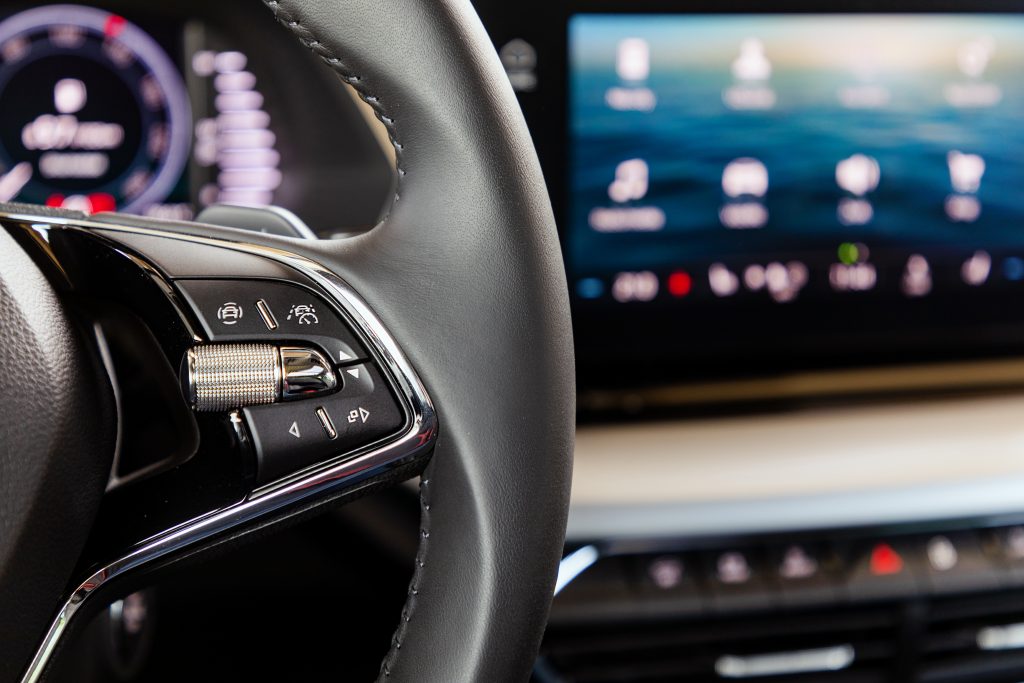
Batteries are subject to many tests to measure performance and provide clear data for consumers. Cold Cranking Amps (CCA) and Reserve Capacity (RC) are two key metrics of battery performance for today’s engines.
What does CCA and RC measure?
CCA indicates the number of amps a new, fully charged battery can provide at 0°F for 30 seconds before dropping below 7.2 volts. Amps measure the volume of electricity in an electrical circuit, and the greater the amps, the more starting power a car battery is able to supply when the key is turned.
Simply put, CCA is a measure of power – specifically, the amount of power available to crank a cylinder and start an engine. This type of power is meant to be instantaneous because if it takes more than a few seconds to start the car, there is a problem.
If CCA is a measure of power, then RC is a measure of energy. The RC rating indicates how long a new, fully charged battery can provide 25 amps of power before dropping below 10.5 volts. The test is performed at 80°F.
Where CCA is meant to be immediate, RC indicates the ability to provide power at a constant rate. This constant level is necessary for today’s vehicles which require power for advanced safety features and modern conveniences.
Older cars, with higher displacement engines, required a higher number of amps to start the motor, which made CCA an important metric. Over the years, engine designs have become much more efficient, driving an overall trend toward lower displacement engines. As a result, fewer Cold Cranking Amps are required to start the engine.
However, the myriad electrical systems in modern automotives require more power while the car is operating and even when the car is parked (for example, enabling the motion sensors for opening the rear liftgate). These new power demands are making Reserve Capacity a more pertinent measure of a battery’s ability to perform.
How are CCA and RC determined?
CCAs are defined as the discharge load (amps) that a battery can continuously deliver at 0F for 30 seconds and maintain a terminal voltage equal to or greater than 7.2 volts. Why 7.2 volts? This is the voltage level where traditionally automotive starters begin to slow or stop engagement to turn the engine.
In contrast to the hundreds of amps measured by the CCA test, the RC test involves just 25 amps. As the watt hours (amps over time) are consumed from the battery, the voltage drops until it reaches 10.5 volts. The amount of time it takes to reach that level is the RC value.
To use an analogy that is easy for consumers to understand, we can think of CCA and RC in terms of lifting weights. CCA is the amount of weight we can lift, while RC is the number of reps we can do.
Which battery metric is more important?
When evaluating the key metrics for battery performance in the United States, the legacy CCA test has been the industry standard for identifying the functionality of a battery. But is it relevant for today’s vehicles? In modern vehicles, it is more important to have a balance of appropriate CCA and RC capability.
At Stryten Energy, we are committed to having the necessary conversations to figure out which tests we should be performing now and in the future.
Alex Templeton, Director of Marketing, Stryten Energy







